What’s in the bag?
This Women’s Day, WaterAid unveiled what mothers-to-be like to take to hospitals in their maternity bags.
Depending on where in the world they are giving birth, the items women choose to take to the hospital might be life-savers, or simple luxuries. WaterAid photographed and interviewed women internationally – from the UK, the US and Australia, to India, Malawi, Zambia and Madagascar.
It was interesting to notice the stark contrasts between maternity bags ranging from life-saving necessities like sterile razor blades, soap, boiled water and torches to stress-relieving luxuries like iPads and massage oils. The project highlighted that different choices made by women shockingly depends on whether they can rely on there being clean water, sanitation and hygiene (WASH) when they give birth to their baby.
Agnes Noti

Agnes is 22, and is in the Kiomboi Hospital, Iramba District, Tanzania. This baby will be her third child.
The hospital serves a radius of 80km – all of Iramba district. There are three rooms with in this area for both ante-natal and post-natal, there is no separation between those who have just given birth and those who are in labour. Two of the rooms have four bunk-beds in and can sleep 8, the other has 5/6 beds in – none of the rooms have basins or any provision of water.
There is one, broken and unpleasant toilet in the labour ward – it’s in very bad condition. There is no shower – so after giving birth, women either wash in the toilet, or they climb into the sink in the sluice room to wash. This sink is used to dispose of waste from the labour ward, as well as washing medical equipment.
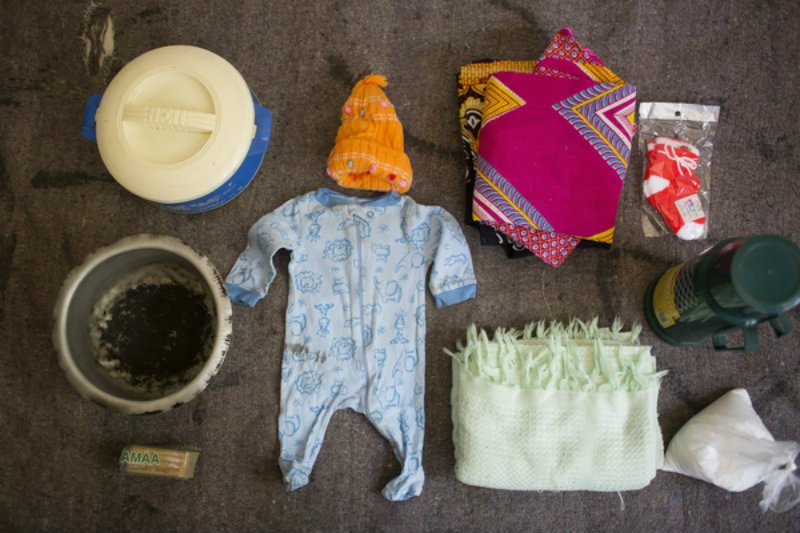
What’s in the bag?
- Clothes for the baby
- A cape (blanket) for the baby
- Socks
- A basin
- A flask
- Tea
“I come from Tutu. The water for drinking, we buy from the shop. [Last time the other water came from] the river. There was white water. It was my grandmother who went to the river. The water from the river is not safe for drinking. So in the river many people fetch water that suffer. So using that one you can’t trust that water.”
Joanna Edwards

Joanna, 34, lives in London, and is expecting her first baby.
What’s in the bag?
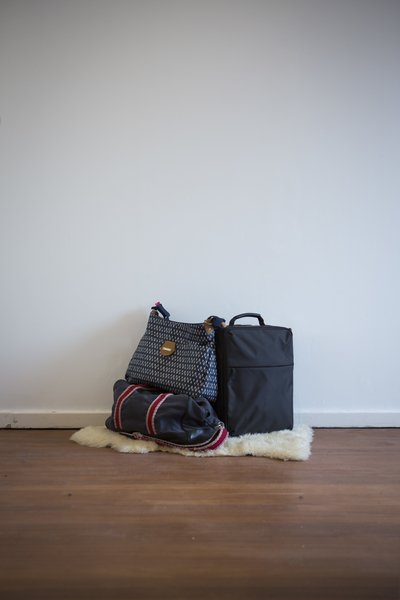
- Nappies
- Little white clothes for the baby
- Some knitted trousers
- Lots of snacks
- My clothes
- My own towel
- Toiletries
- A TENS machine
- Maternity pads
- iPad
- Water bottle
- Medical notes
- A blanket

“I have packed a water bottle, my sister suggested to bring something to make it (water) easier to drink (during labour). I will bring it empty and I assuming the hospital will have somewhere I can fill it. They must have a water fountain. I am taking that for granted, unlike people in Africa. The most important thing in the bag is the blanket my mum gave me to bring the baby home in, the same one my mother brought me home in.”
Ellen Phiri
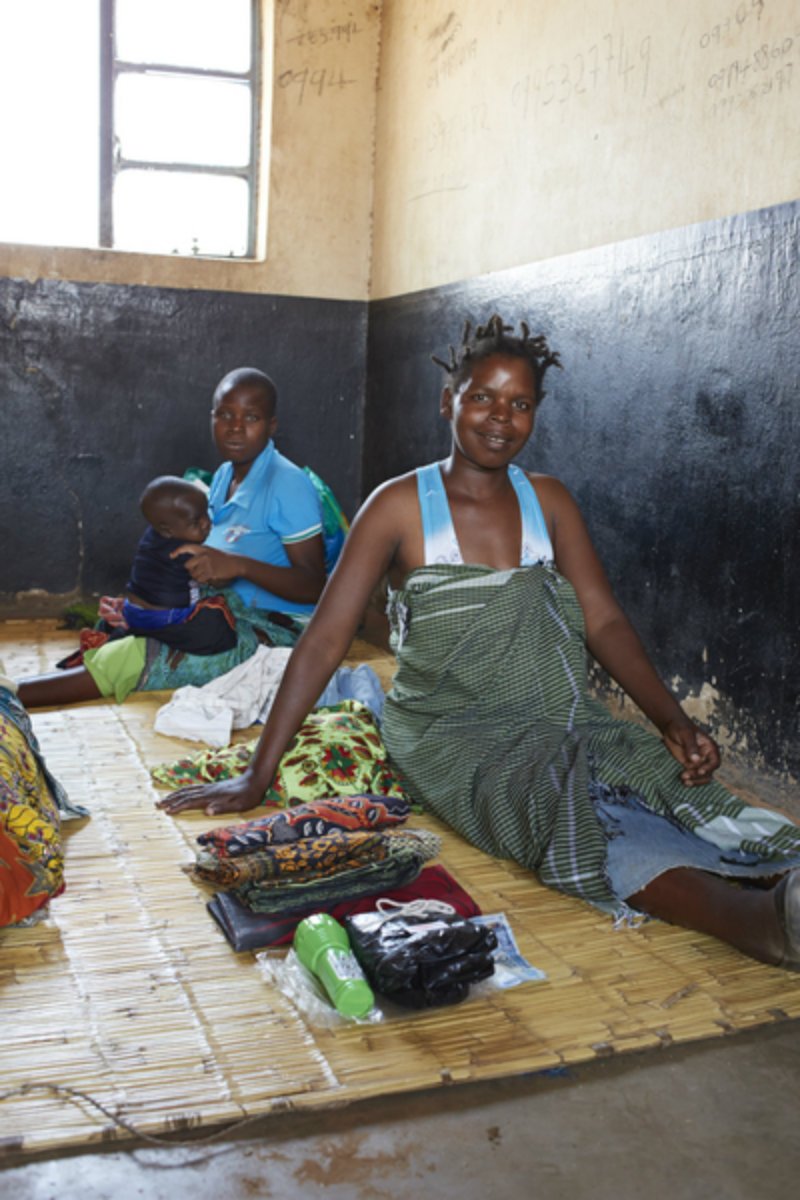
Ellen is 23 and from Malawi. She gave birth in Simulemba Health Centre, which serves over 70,000 people and delivers more than 90 babies a month. It has no clean running water, only four toilets for 400 people, showers that are a crumbling block with no doors or roof and no sterilisation equipment. Water is collected from a water pump shared with the local community of 2000 people. This water is not clean and queues to access it are very long.
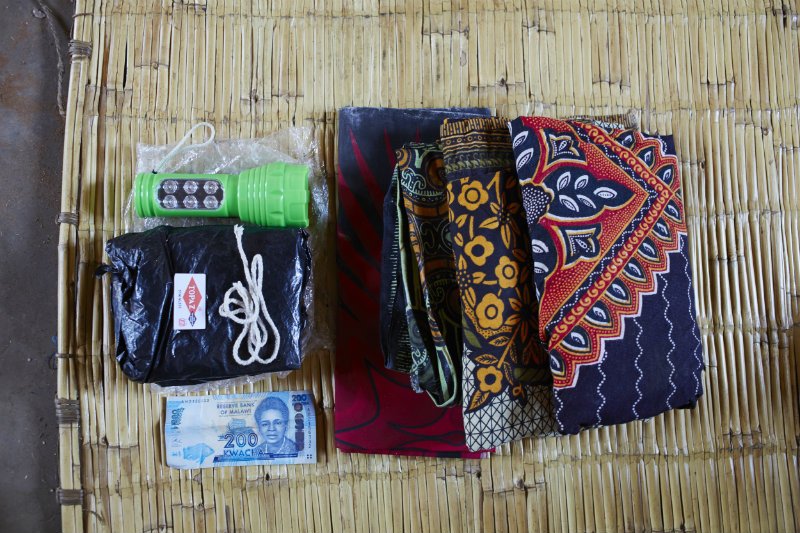
What’s in the bag?
- Torch, as there is no electricity supply
- Black plastic sheet, to put on the delivery bed as, with no clean water, it’s hard to keep the delivery room and beds clean
- Razor blade to cut the umbilical cord
- String, to tie the umbilical cord
- 200 Malawian Kwacha note for food
- Three large sarongs for the mother to wear for their stay (which could be as long as four weeks) and to wrap the baby in
Katy Shaw
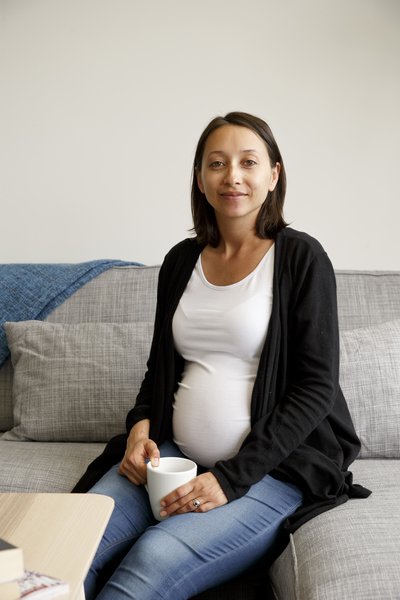
Katy is 31 and lives in Melbourne, prior to this she lived in Malawi for two years, and is originally from the UK. This will be her first baby.
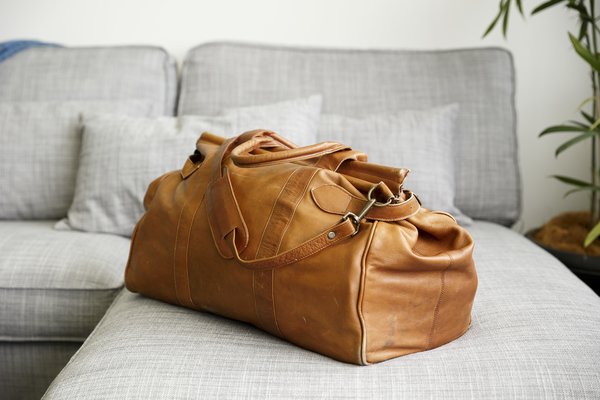
What’s in the bag?
- Toiletries
- Snacks
- Nappies
- Hat
- Socks
- Mittens
- Clothes and swaddles for the baby
- Clothes for me
- Night dresses
- Maternity underwear
- Maternity pads and nursing pads
- Massage oils
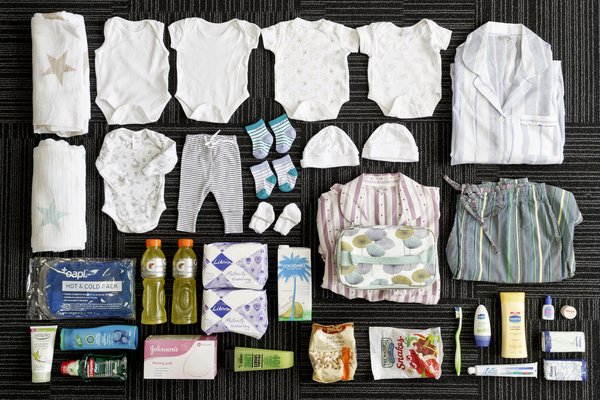
“I feel it is unbelievable that women are in that position (heavily pregnant women collecting dirty water themselves in the countries where WaterAid works), dealing with the everyday stresses of pregnancy and the prospect of childbirth, as well as the additional burden of collecting water.
“Even carrying the maternity bag is too heavy for me, I couldn’t imagine how I would cope if I had to carry 25litres of water over a distance. Physically I don’t know if I would be able to do it even before I was pregnant.”
Hazel S.
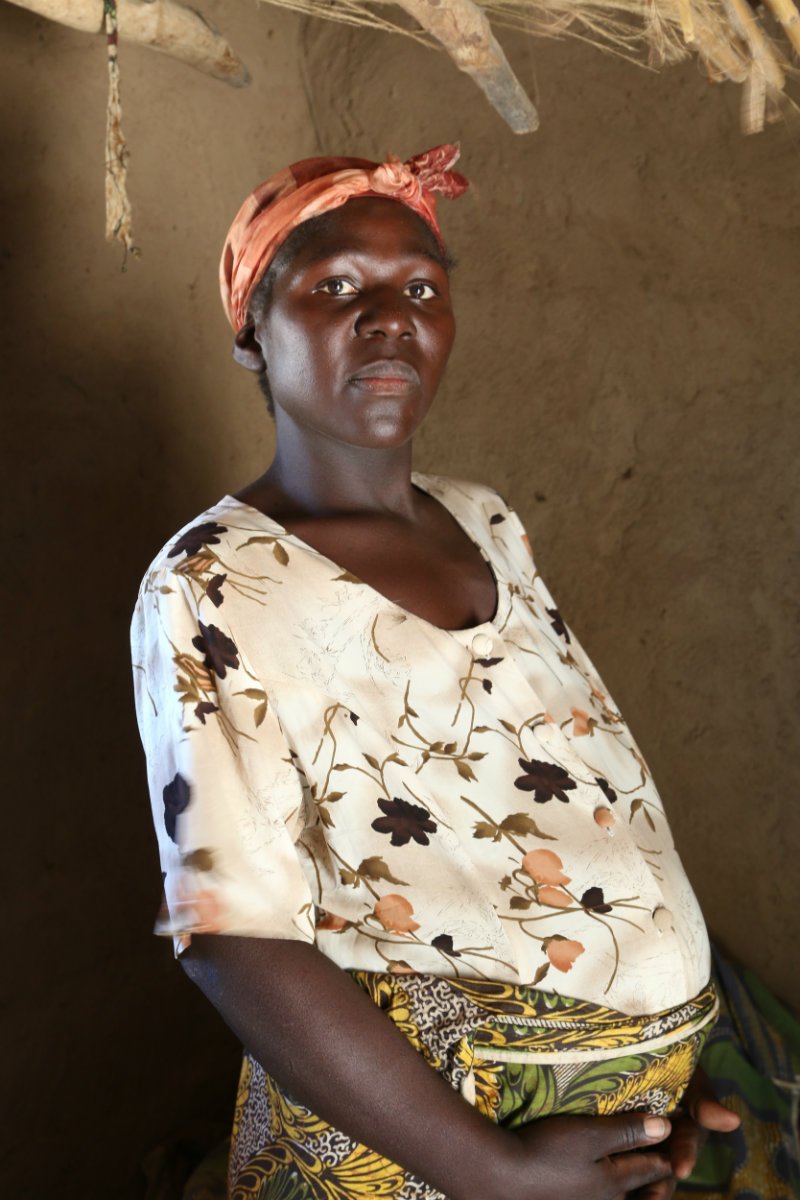
Hazel is 27 and from Hamakando Village in Monze District in Zambia.
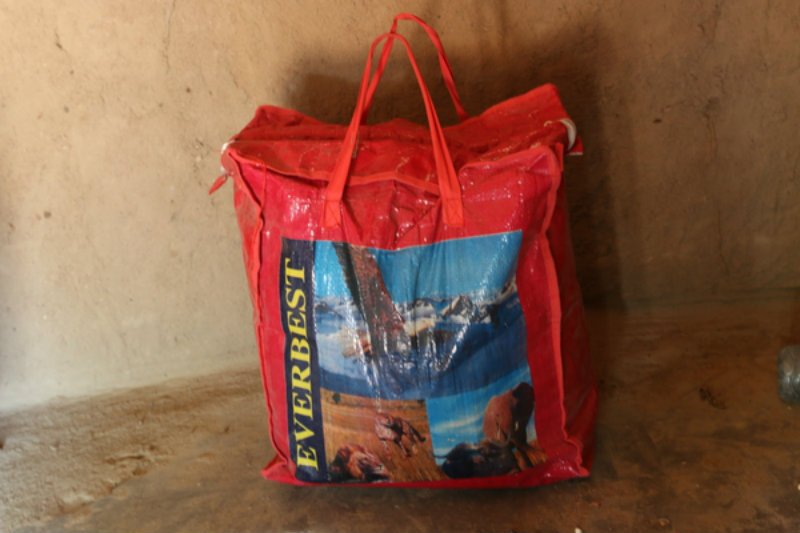
What’s in the bag?
- Baby blanket
- Cotton wool
- Sarong (Chitenge)
- A baby suit
- Napkins
- A dish for water to wash with
- A polythene roll to put on the delivery bed to maintain personal hygiene as there is not enough water and time to clean the delivery bed
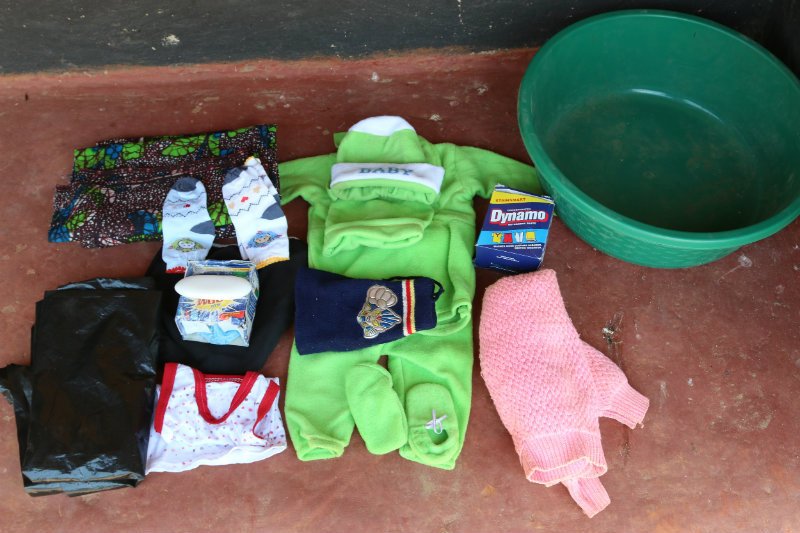
“I have heard elderly women telling different do and don’ts for a pregnant woman like me. One of the things I was told is not to sleep too much during daytime. I was told if I do, the baby would also sleep at the time of delivery. I am not supposed to stand in the doorway because the baby will do the same while being delivered and will delay. The other thing I was told is not to put a scarf or necklace around my neck during pregnancy because the baby’s umbilical cord will wrap around the neck. It’s the same with a wrap (Chitenge) around my waist.”
Claudine
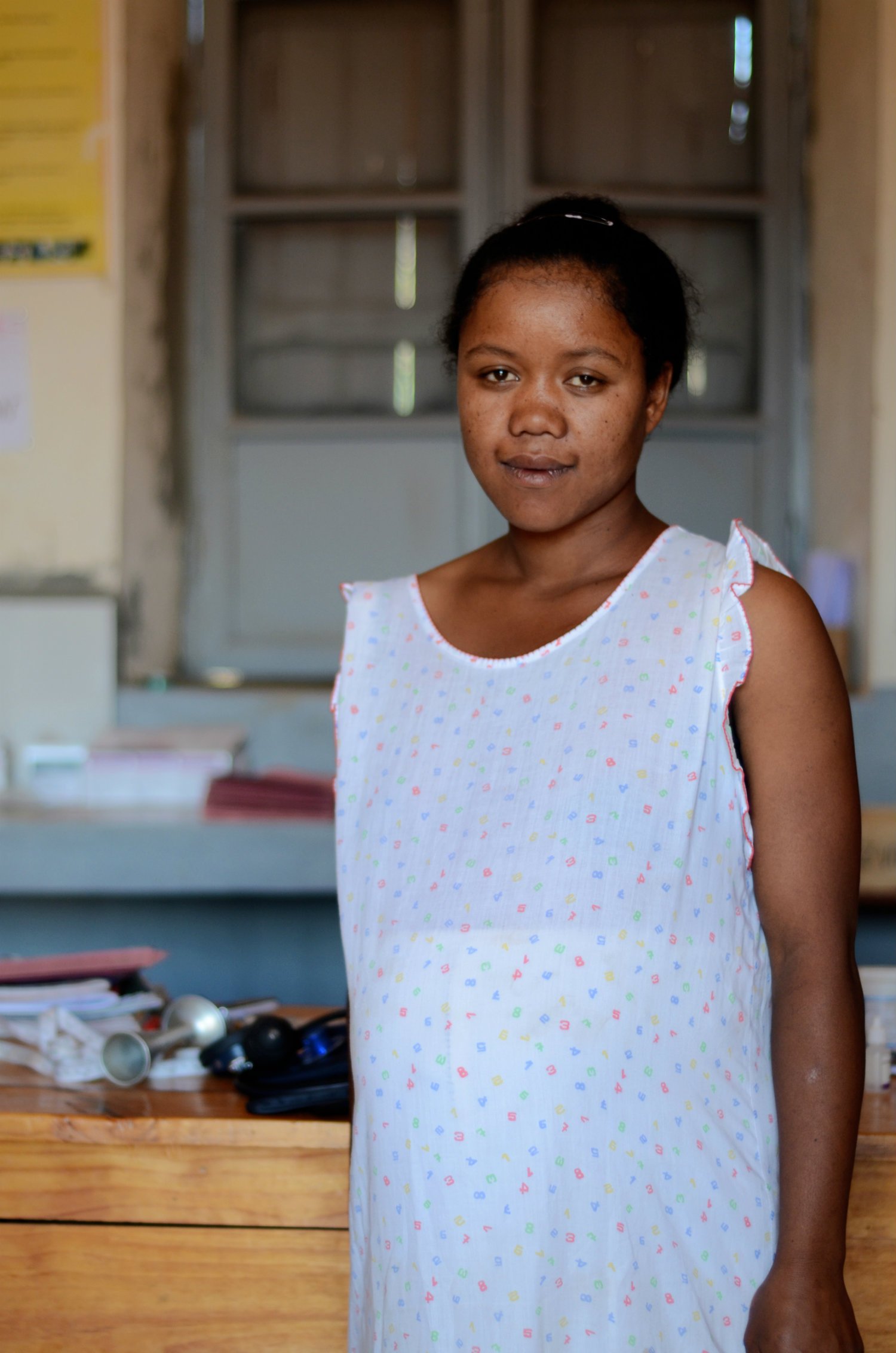
"We have running water near our house in my village. It was built by WaterAid and the AMI association a few years ago so I don’t have to walk very far to fetch water."
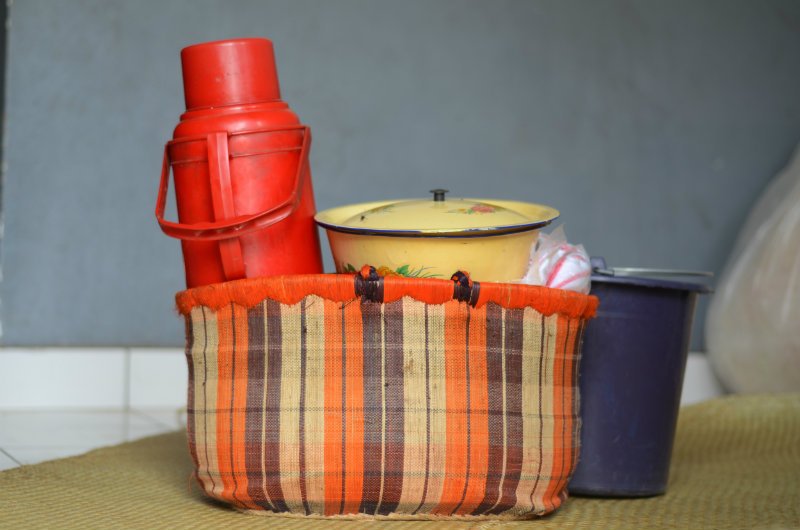
What's in the bag:
-New clothes
-Cotton wool
-Alcohol for cleaning
-Nappies
-Thermos
-Bucket
-Sanitary pads
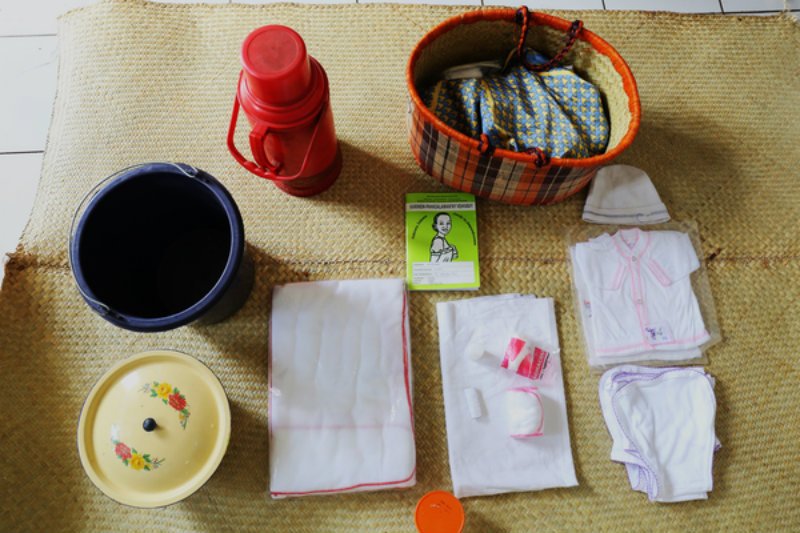
"My family told me about the taboos around pregnancy and I’ve tried to follow them. For me, the main one is not putting a scarf around my neck during my pregnancy because if I do my baby could be born with the umbilical cord wrapped around their neck. So I don’t wear a scarf. I don’t even have one at home because I want my baby to be born naturally without anything around his neck."
Deanna Neiers
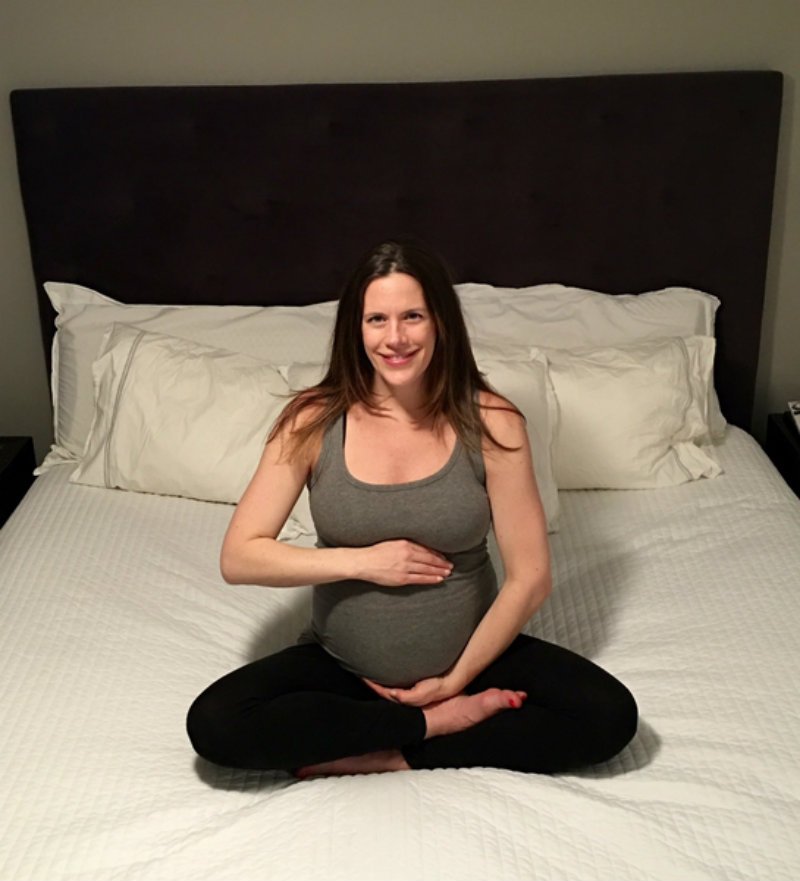
Deanna lives in New York City. This will be her first baby.
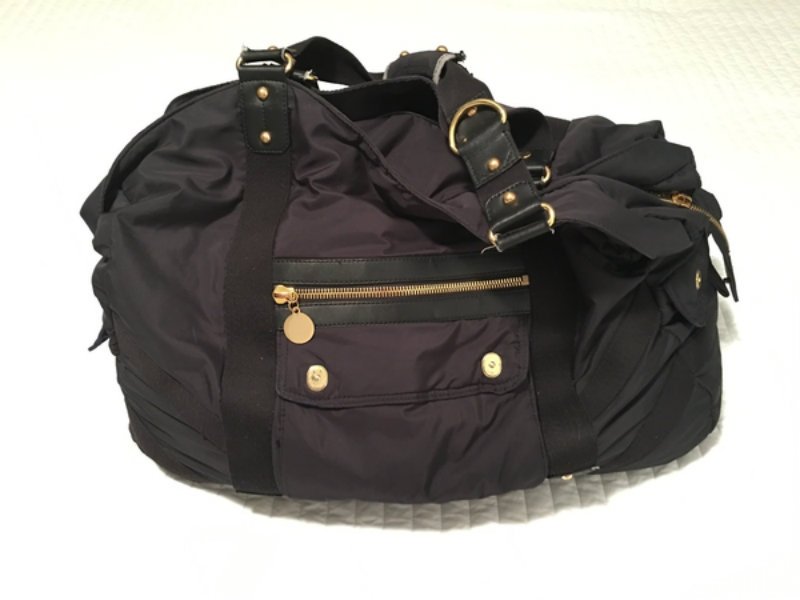
What’s in the bag?
- Music player
- Coconut oil for massage
- Lavender oil
- Arnica gel and
- Snacks
- Nursing bra and pads
- Nursing pillow
- Comfortable clothes to wear at the hospital and to travel back home.
- soft swaddle blanket for baby
- a long-sleeve onesie
- a knitted hat
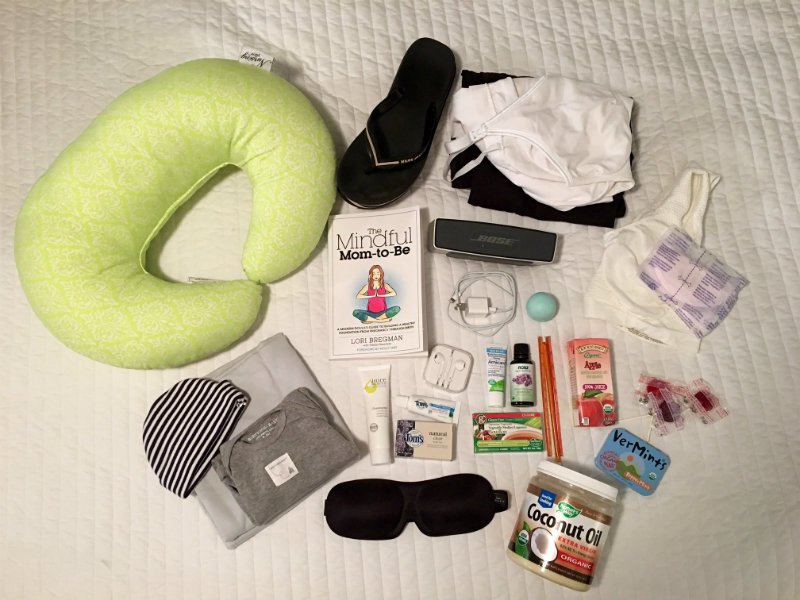
"I feel so happy nurturing this life inside of me, it truly is a miracle. I also am very fortunate to live within walking distance of one of the best hospitals in New York City. Being pregnant certainly heightens your awareness of how fortunate we are to have access to great birthing facilities and clean water. You want the best for your baby and it’s devastating to think about dangers such as contaminated water and unhygienic facilities. I imagine a world where all women have a safe, clean place to birth their babies."
This article was contributed in support of WaterAid. The views expressed here are not necessarily those of each of the partners of Global Citizen.